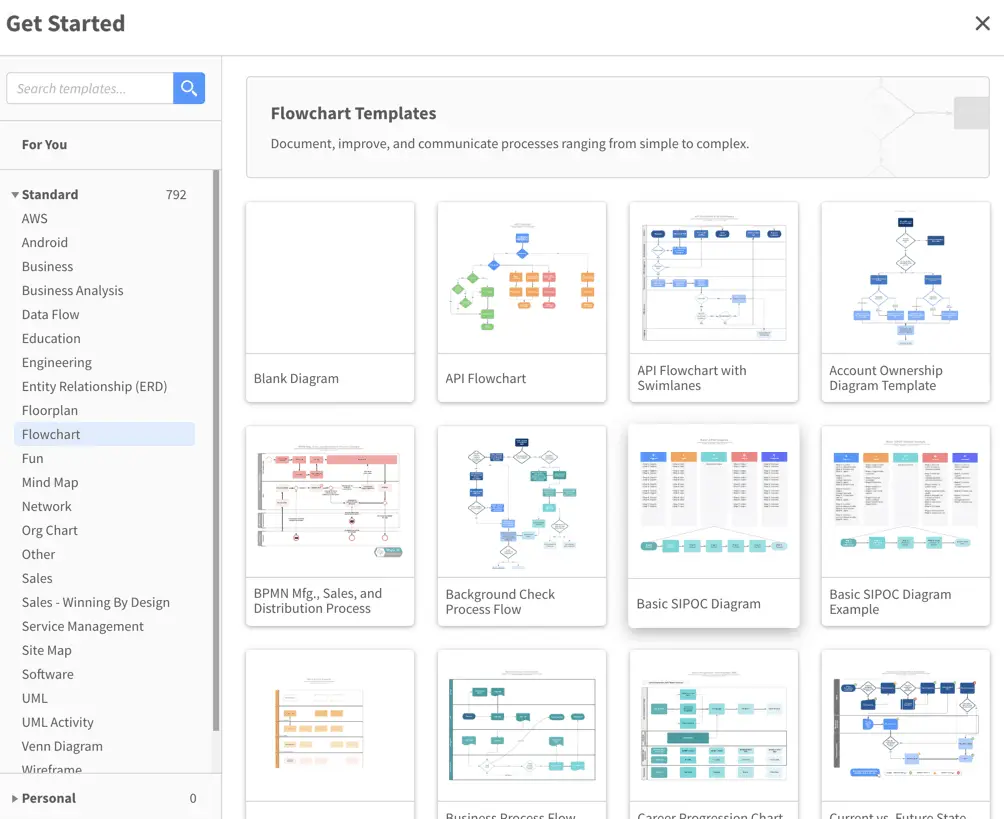
These diagrams use symbols that consistently represent the entities themselves, relationships, and characteristics or attributes. For example, an ERD might show how a customer interacts with a product which then records information to the database for retrieval as the software is used. Visual depictions of these connections allow architects and designers to plan their databases-the roles, users, tangible and intangible objects-and how they relate to each other.

What is an ERD and how does it help with database design?Įntity relationship diagrams are used in database design to help teams visualize a system’s entities and the relationships between them within the system. Let’s talk more about what a good database diagram includes. With ERDs, you can start to explore database requirements, potential challenges, and solutions before you begin implementation. Since these flowcharts are very practical for architecture design teams, ERDs have a variety of uses and varying levels of detail.

These database diagrams are ideal for at-a-glance representation of how information and objects within a system relate to each other. Using entity relationship diagrams (ERDs), you can plan your database designs and collaborate with team members.


 0 kommentar(er)
0 kommentar(er)
